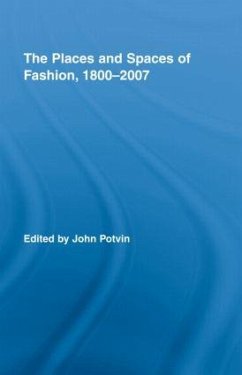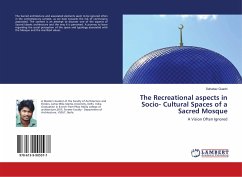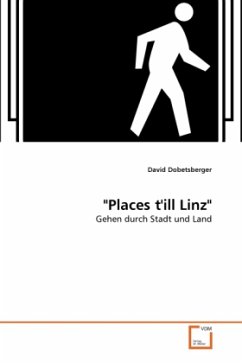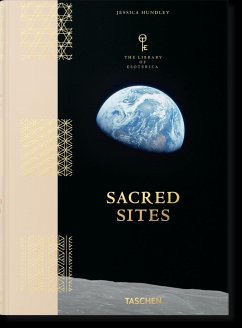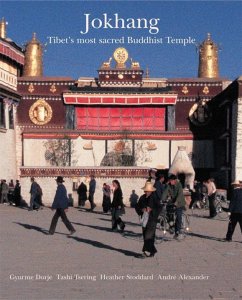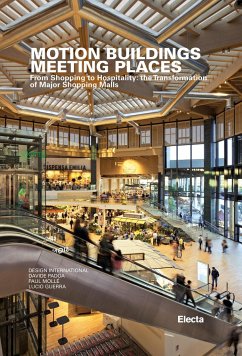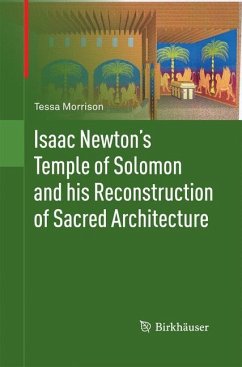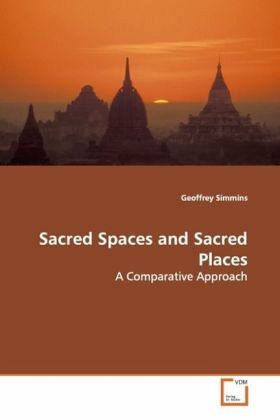
Sacred Spaces and Sacred Places
A Comparative Approach
Versandkostenfrei!
Versandfertig in 6-10 Tagen
32,99 €
inkl. MwSt.

PAYBACK Punkte
16 °P sammeln!
This book explores the different ways that peoplethroughout history have defined particular places andspaces as sacred. All religious traditions sharethe goal of defining sacred places and sacred spaces.Yet very little literature exists that compares andcontrasts the way the world s religions define sacredspaces and sacred places. Adopting a comparativeapproach informed by history and by recent writings,this book sheds new light on these issues.Considering both western and non-western traditions(including aboriginal peoples ), this book explores scriptural definitions of thesacred, as well as ...
This book explores the different ways that people
throughout history have defined particular places and
spaces as sacred. All religious traditions share
the goal of defining sacred places and sacred spaces.
Yet very little literature exists that compares and
contrasts the way the world s religions define sacred
spaces and sacred places. Adopting a comparative
approach informed by history and by recent writings,
this book sheds new light on these issues.
Considering both western and non-western traditions
(including aboriginal peoples ), this book
explores scriptural definitions of the
sacred, as well as discussing selected literary
descriptions of Heaven and Hell.
The book also considers the sacred space of music
and addresses such topics as sacred-space
tourism. Finally, the book invites readers to explore
the sacred in their own lives. A glossary of terms
and extensive reading list complement the text.
Aimed at a general reader or armchair traveler, yet
also suited for
religious education courses, this book will be of
interest to all those interested in multi-faith and
interfaith perspectives on sacred spaces and sacred
places.
throughout history have defined particular places and
spaces as sacred. All religious traditions share
the goal of defining sacred places and sacred spaces.
Yet very little literature exists that compares and
contrasts the way the world s religions define sacred
spaces and sacred places. Adopting a comparative
approach informed by history and by recent writings,
this book sheds new light on these issues.
Considering both western and non-western traditions
(including aboriginal peoples ), this book
explores scriptural definitions of the
sacred, as well as discussing selected literary
descriptions of Heaven and Hell.
The book also considers the sacred space of music
and addresses such topics as sacred-space
tourism. Finally, the book invites readers to explore
the sacred in their own lives. A glossary of terms
and extensive reading list complement the text.
Aimed at a general reader or armchair traveler, yet
also suited for
religious education courses, this book will be of
interest to all those interested in multi-faith and
interfaith perspectives on sacred spaces and sacred
places.




